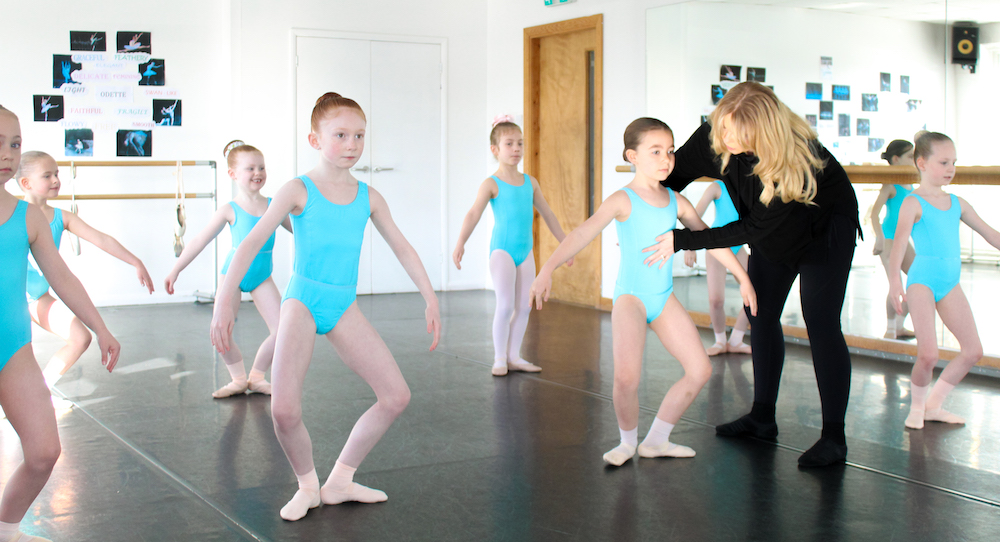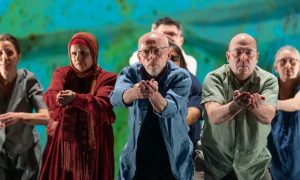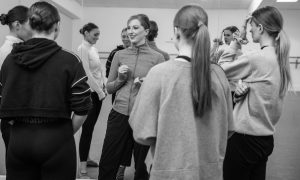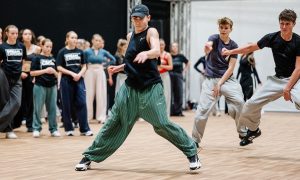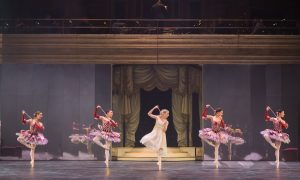“Singularly, it’s the best thing I’ve done in my teaching career. It’s opened my eyes to a whole new world of possibilities.” These enthusiastic words come from Nicolle Higgins, owner and founder of Pointe Works Dance School in Cheshire. Higgins was part of the first cohort of teachers to complete The Royal Ballet School’s Affiliate Training and Assessment Programme. Devised by The Royal Ballet School, the Affiliate Programme offers an innovative and holistic alternative to traditional models of ballet teaching often centred on syllabi and exams.
The Affiliate Programme is designed to empower teachers, providing them with a system of ballet training that emphasises creativity and student-centred learning. Higgins highlights this alternative approach, explaining, “It’s a shift from teaching choreography to teaching concepts. You start with what the child needs and build your lesson plan around that.” This flexibility enables teachers to focus on the individual strengths and areas for improvement in their students, creating an environment where every child can thrive.
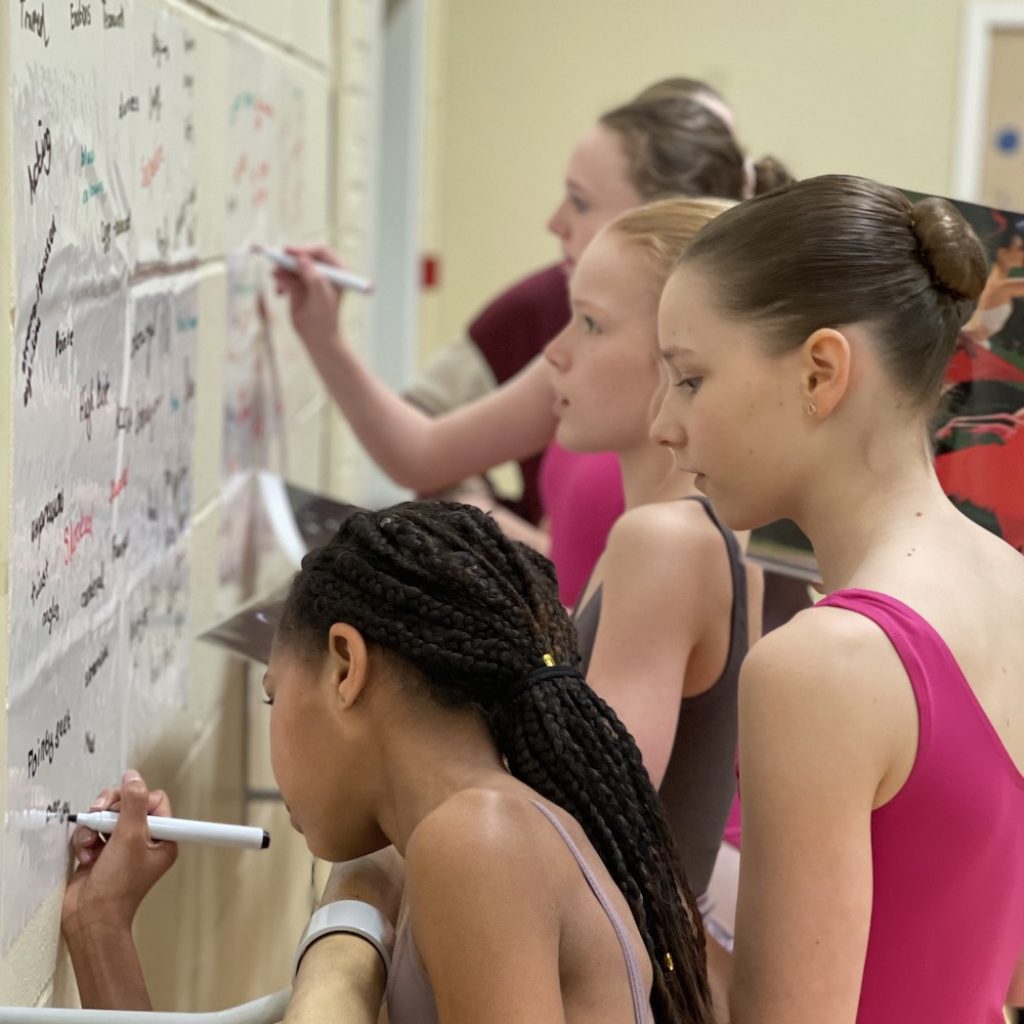
The programme’s emphasis on creativity is one of its most distinctive features. Teachers are encouraged to guide students through tasks that spark imagination and ownership of their learning. Suzanne Stuart-Burke, Principal of Art of Dance in South Shields, explains how incorporating ATAP’s creative elements has transformed her students’ experience. “The creative side was a lightbulb moment for me. I thought my students might resist, but they embraced it fully. It’s changed how I teach and how they engage.”
Students are introduced to tools like the ‘Dance Elements Chart’, which helps them experiment with movement, speed, space, pathways, direction, collaboration, actions and dynamics. Stuart-Burke shares how this approach turned a technically sound but creatively inhibited student into one of her most expressive dancers. “She used to freeze when asked to dance freely, but now she creates the most wonderful work. Her musicality and creativity have developed so much.”
The programme also incorporates repertoire, where students and teachers explore iconic ballet productions. This not only deepens students’ understanding and appreciation of the art form but also builds community. Stuart-Burke describes how, as part of her ATAP implementation, parents and students attend performances together. “We’ve gone to the cinema to watch The Nutcracker and seen live ballets,” she explains. “It’s created a real sense of connection.”
For teachers, the programme’s flexibility offers freedom to innovate but requires thoughtful preparation. Karen Blackburn, a dance educator who teaches the programme at her own school, explains, “It’s not about what we teach, but how we teach. Every lesson needs careful thought, but the rewards are incredible. You’re continually learning, and the students benefit enormously.”
The Affiliate Programme’s assessment model stands apart from traditional exam systems. Teachers design and assess material tailored to their students, while The Royal Ballet School provides moderation to ensure consistency and rigour. This approach allows students who might struggle with traditional exams to succeed. Higgins notes that in her school, this creates a more accessible option for her neurodivergent students. “Previously, they hadn’t done exams because the process was too stressful. Now, they’re included alongside their peers.”
Blackburn echoes this: “It allows the individual to thrive. Students who wouldn’t have succeeded with other approaches are achieving and feeling celebrated.”
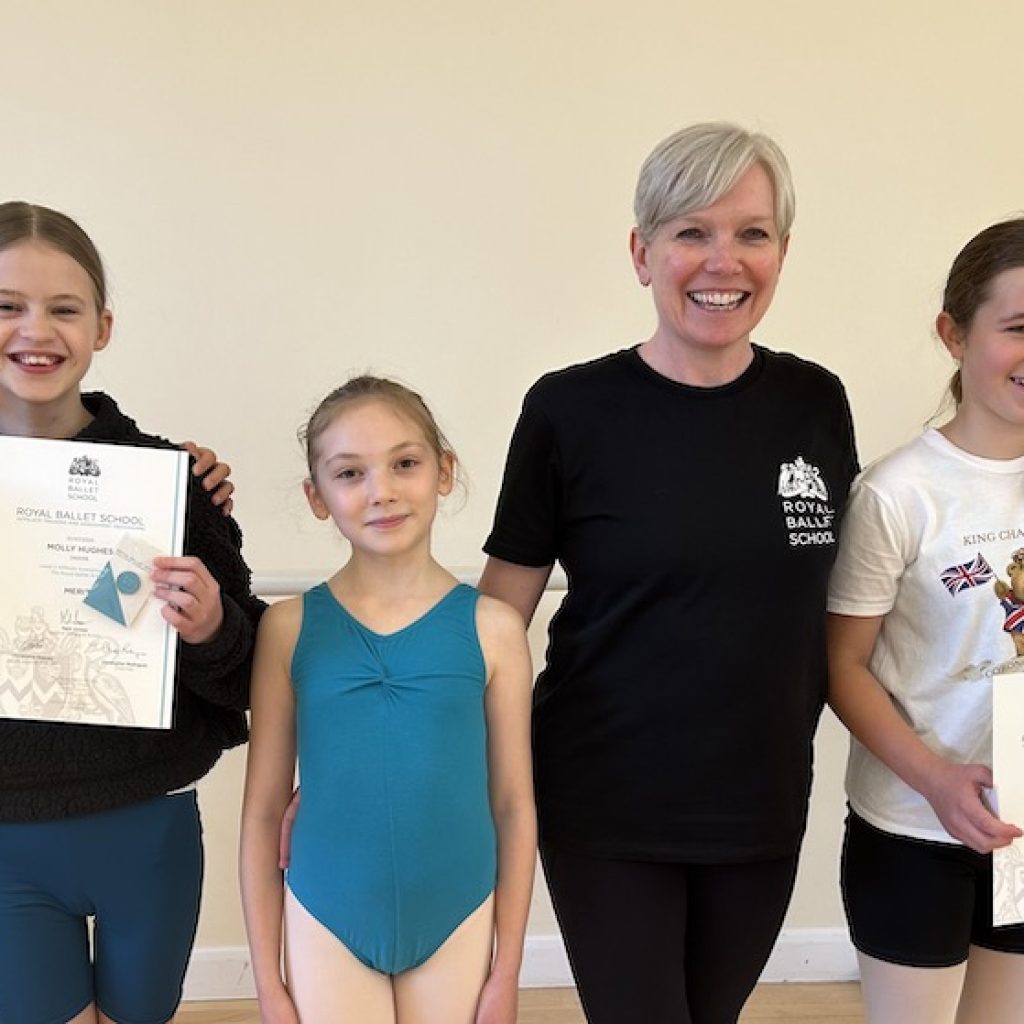
The programme also supports teachers with extensive resources, including a Video on Demand platform, CPD opportunities and a supportive network of peers. These tools help teachers refine their practice and stay inspired. Higgins explains, “The CPD courses are on another level. The ongoing training and support remind you why we’re doing what we’re doing.”
All three teachers passionately believe that the Affiliate Programme represents the future of ballet education. While it builds strong technical foundations, its scope extends far beyond vocabulary, nurturing creativity, autonomy, and a deeper appreciation for ballet as an art form. Stuart-Burke captures their shared enthusiasm, stating, “This is the way forward. My students are so much more equipped for auditions and for appreciating ballet as an art form.”
Blackburn adds, “It’s so much more than just a dance class. It embraces so many avenues and opportunities for students to shine.”
For these teachers, this isn’t just a programme — it’s a transformative approach to ballet education.
For more information on The Royal Ballet School’s Affiliate Training and Assessment Programme, visit www.royalballetschool.org.uk/train/dancer-training/dance-teacher-training/affiliate-training-and-assessment-programme.
By Anna Morgan of Dance Informa.


